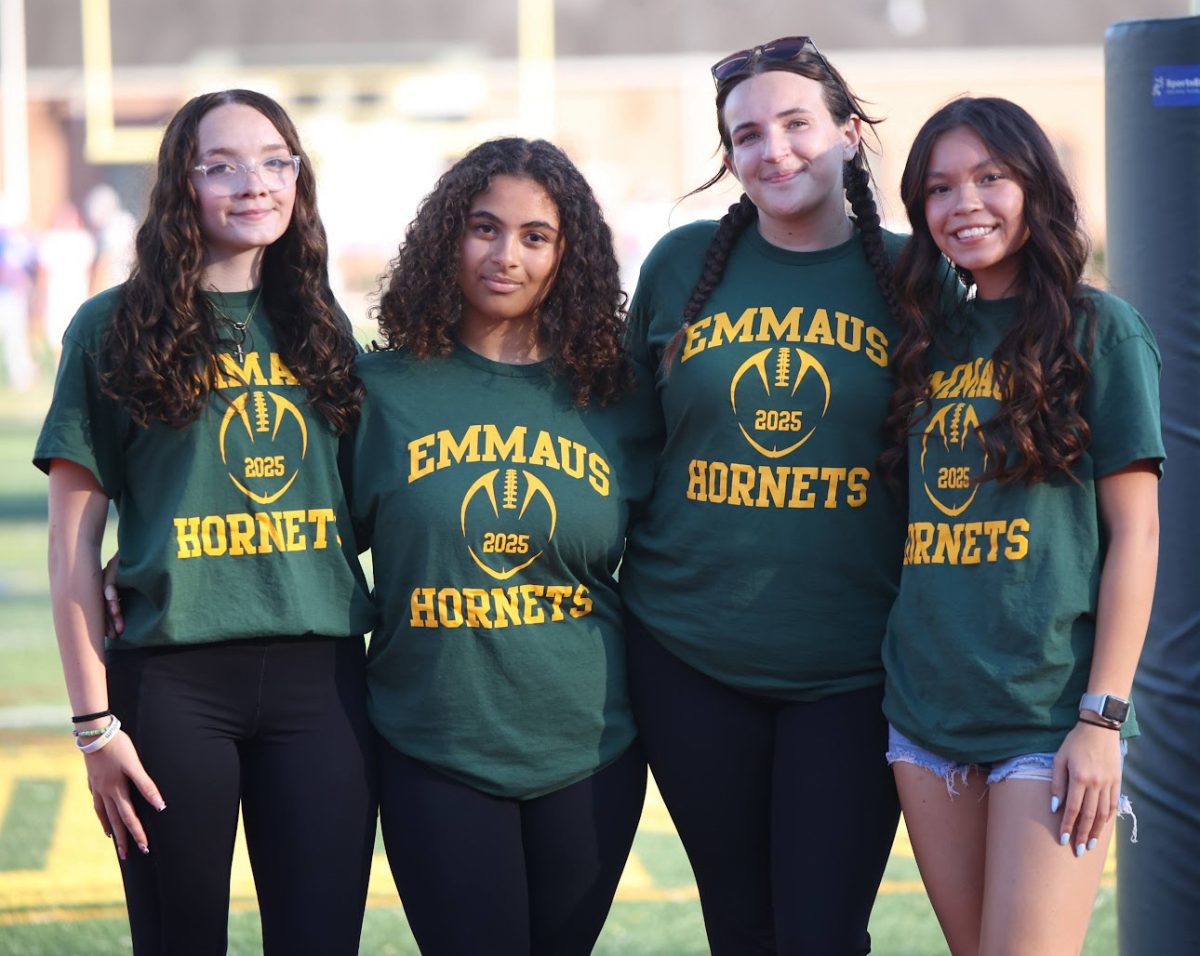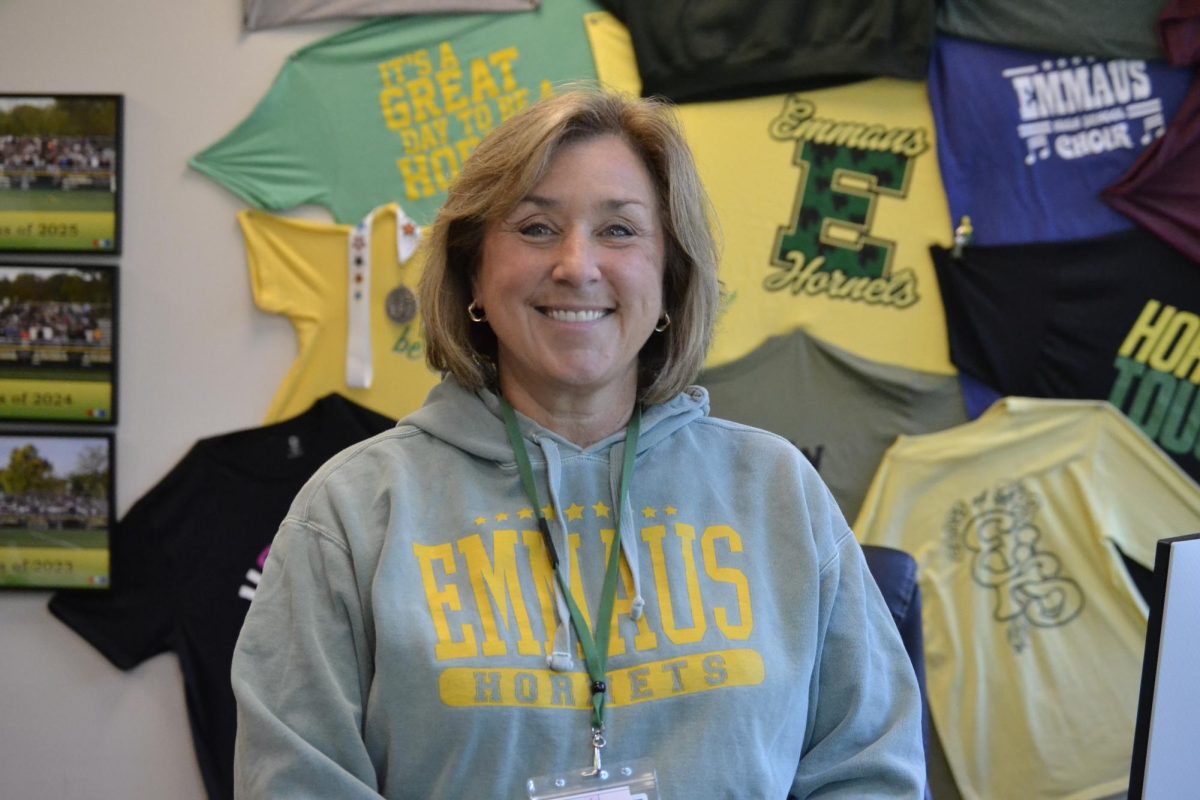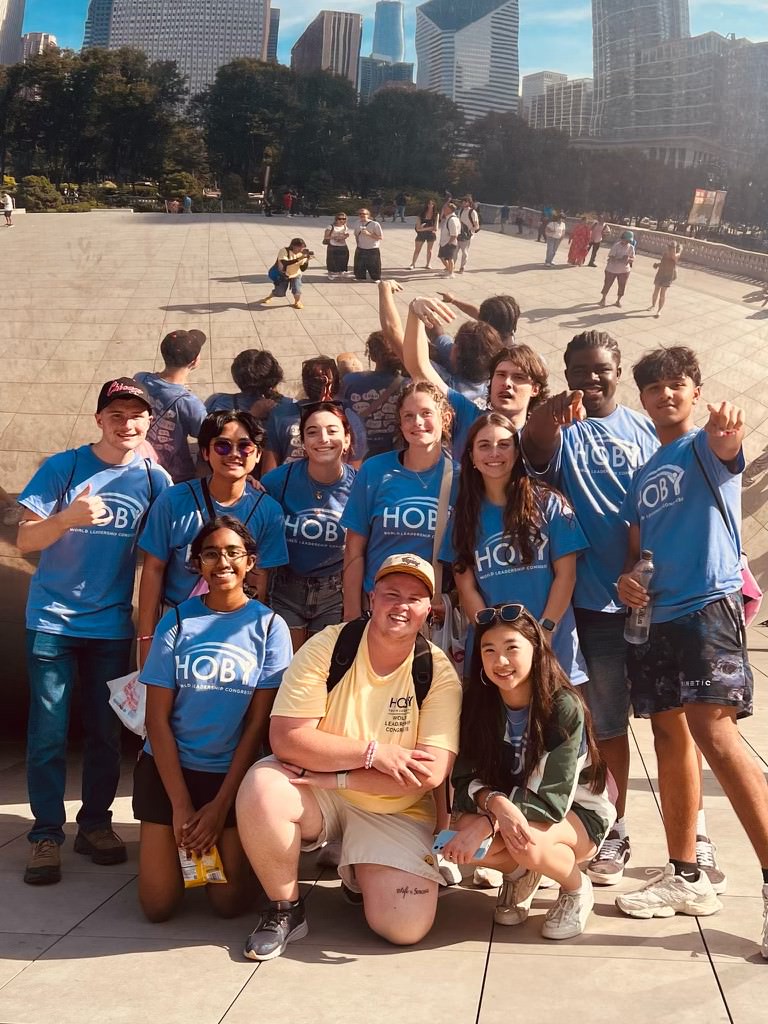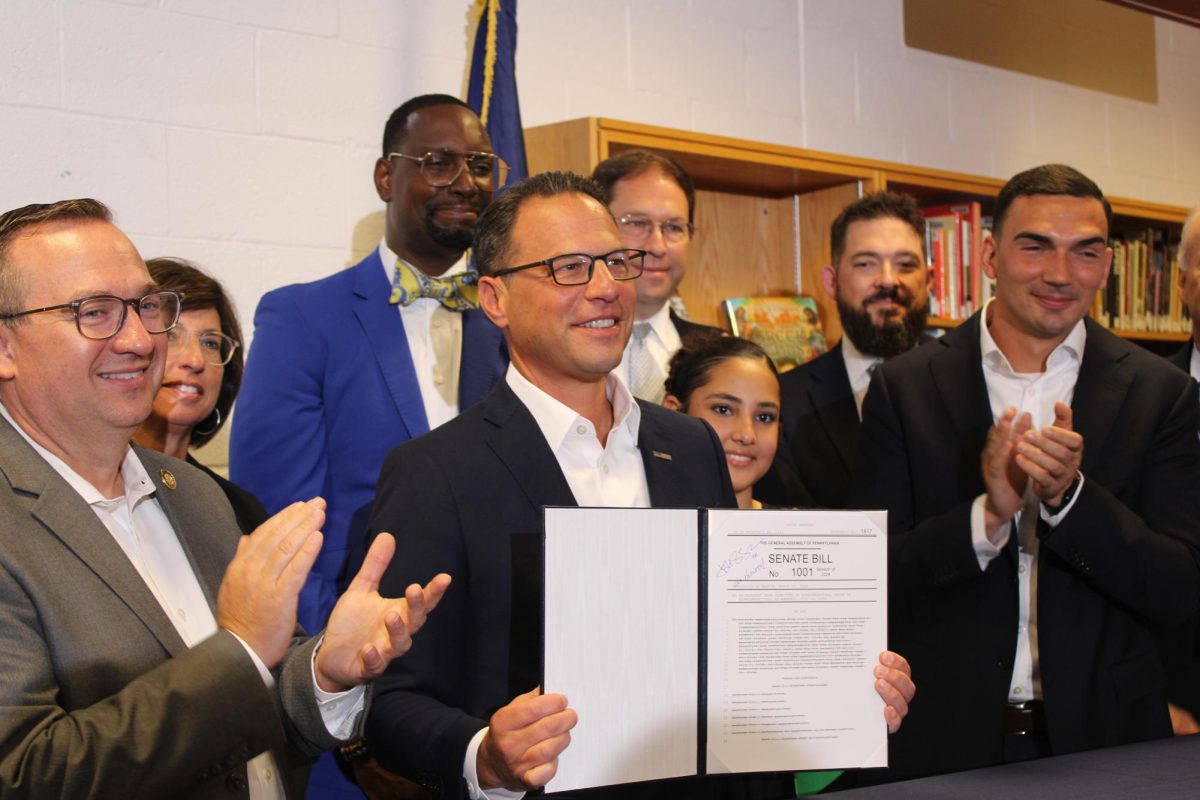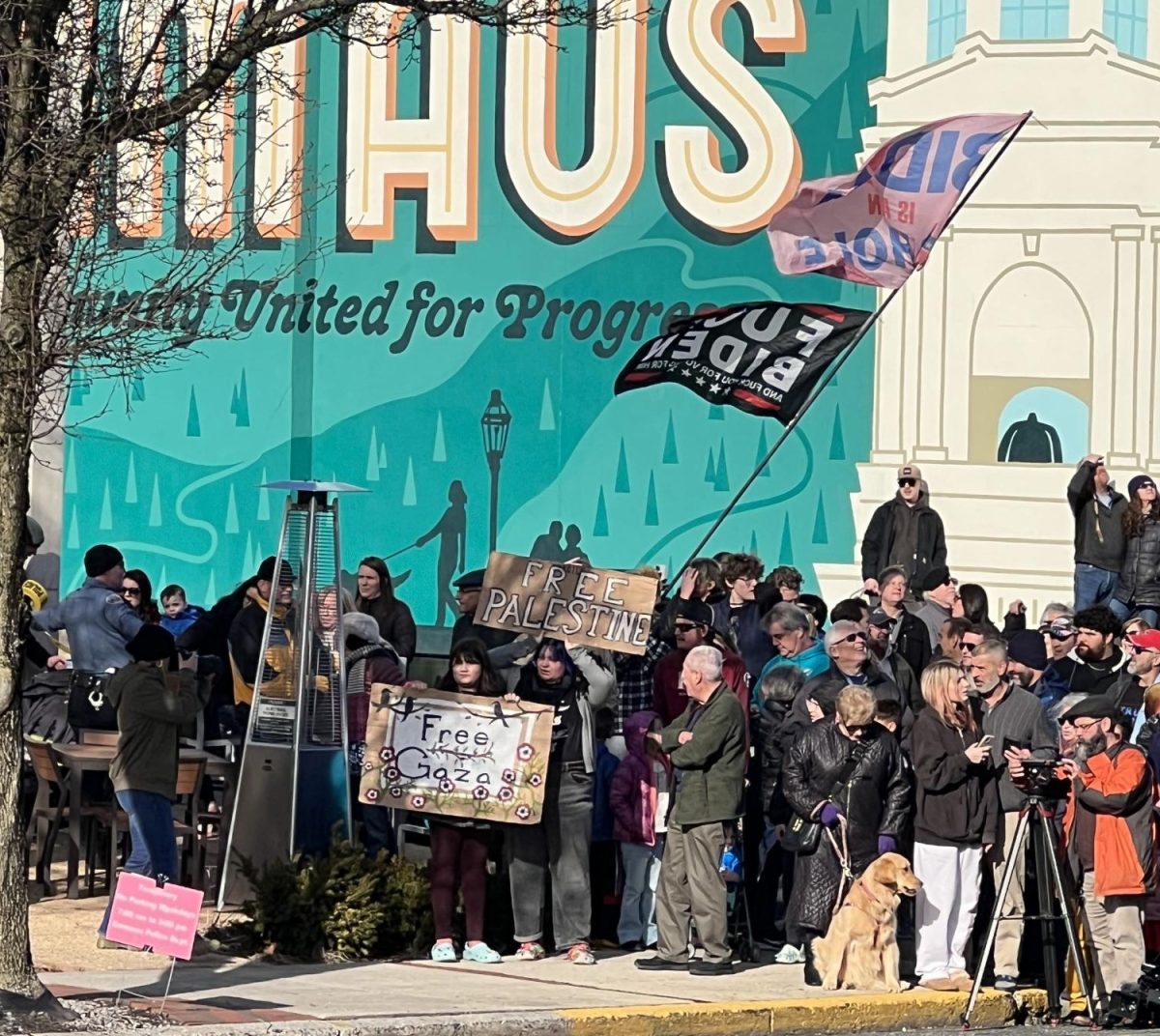Recently, a new social justice issue is blooming thanks to the actions of celebrities and other media: cultural appropriation.
In April 2016, singer Justin Bieber sported a new hairstyle that sparked controversy in media – dreadlocks. Bieber received positive reception from various sources, such as iHeartRadio, but many people, fans or not, spoke out against his dreads.
Without any context, Bieber’s hair may seem like something ridiculous to make into a hot topic, but what caused most of the controversy was the fact that Bieber’s action was taken as cultural appropriation. Cultural appropriation is the use of a less privileged culture’s elements by more privileged cultures, namely white Americans, to make a profit or use it as a fashion accessory without knowledge of the element’s meaning.
Many people pointed out how Bieber’s dreads had been accepted by media, while Zendaya Coleman, an African-American actress, had been made fun of for wearing dreads on the show Fashion Police. Two hosts on the famous series, Giuliana Rancic and Kathy Griffin, commented that her hair “[looked] like it smelled of patchouli oil or weed.”
Others commented on Bieber’s lack of knowledge on the cultural background of dreadlocks, created by black Jamaicans of the Rastafarian religion, who wore their hair in matted styles to emulate the hair of the Nazarite and Hindu deities they believed in.
Bieber is not the only celebrity to have appropriated dreads. Celebrities such as Kylie Jenner, Khloe Kardashian and Marc Jacobs have all worn faux dreads as simple accessories.
As a social justice topic, cultural appropriation is somewhat under the radar compared to topics such as LGBT rights, gender roles in media and women’s rights. Students at Emmaus High School have a mixed consensus on the topic, with few students recognizing the meaning of cultural appropriation without an explanation.
Freshman Rianna Greene feels that it’s alright for people of more privileged cultures to wear elements of other cultures, but only under certain conditions.
“People can wear what they like as long as they aren’t purposely trying to be offensive,” she says.
She believes there is a limit, however: “If it’s a religious thing, don’t do it.”
As a student more informed on cultural appropriation, junior Kymberlee O’Gara doesn’t feel very strongly on the topic. She believes race doesn’t play a role in what you can wear.
“Why does it matter what your skin color is? It’s [clothing],” O’Gara says. She has worn styles from other cultures as a white American. “I’ve worn an African-style dance costume and an Indian sari.”
Her friend, junior Abraham Frear, agrees, saying, “People do their hair as they like.”
Some students have stronger opinions in the community, however.
Freshman Kaylee Ruiz says, “I think that because it’s not a part of their culture, it’s not their style to wear.”
However, Ruiz thinks that people who appropriate cultures usually aren’t doing it on purpose. “We are programmed to be more judgemental of the white person because their action is seen as offensive, when in reality, they most likely don’t mean any harm.”
GSI teacher Helena Ballard claims that people who wear another culture’s styles need to have knowledge of the elements before using them.
“I think to appreciate the culture, you also have to appreciate the struggle,” Ballard said.
She also believes that manufactured costumes based on cultures, such as Native American costumes, cause more issues concerning racial insensitivity.
“I think if you start using it as a costume, people who don’t understand why it’s offensive need to be enlightened,” Ballard said. “You can’t participate in the culture if you don’t understand the struggle.”
Eventually, Justin Bieber cut off his dreads after all of the backlash he received, but the issue of cultural appropriation by celebrities and brands still looms.
This Halloween, Khloe Kardashian wore Marc Jacob’s false dreads, and celebrities such as Kylie Jenner, Katy Perry, and Gwen Stefani have worn cornrows and baby hairs this year and the last. Will the issue improve with more people becoming informed?
Cartoon by Angeline Stein.



